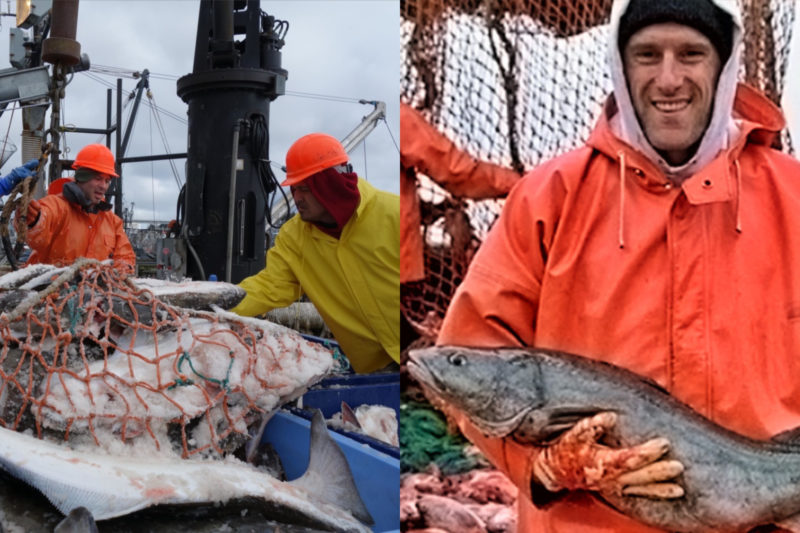The 2019 halibut season got underway on March 15, with a quota of 18.9 million pounds for the Alaska areas 2C through 4E. The quota was raised from last year’s total of 16.63 million pounds as improved methodology in surveys cut down on errors, and the number of spawning females has improved slightly since 2011.
Based on last year’s population surveys, the quota increased in harvest Areas 3A, (by 8.6 percent) 4A, 4B and Areas 4C,D and E increased by 29.1 percent. The quota in Area 3B, meanwhile decreased by 11 percent. The hope is that strong representations of age classes from 2011 on will recruit into the fishery.
“We’re hoping that they’ll be there,” said Bob Alverson, manager of the Fishing Vessel Owners’ Association in Seattle. “But I don’t know if the fleet will be seeing anything of that this year.”
The longline fleet had landed 2.06 million pounds of halibut as of April 14, and another 1.76 million pounds in the following month.
Halibut loads delivered to Seward in May brought ex-vessel prices of $5.25 per pound for fish in the 20-pound range, $5.50 per pound for 20- to 40-pound fish and topped out at $5.75 for 40-ups.
The Alaska blackcod quota, meanwhile, has been set at 25.97 million pounds for the 2019 season, which is up slightly from the 25.8 million-pound quota of 2018. Strong representations of 2- and 3-pound fish entering the fishery bode for quota increases by up to 25 percent for 2020, but similar to last year’s season, the surplus of small fish entering Japanese markets continues to dampen prices.
“The catch is weighted toward smaller fish,” said Alverson. “The average value of the loads are lower.”
Ex-vessel price splits for blackcod landed in Alaska began at $1.60 per pound for fish weighing in at 2 pounds, $2.30 per pound for fish running in the 2- to 3-pound category, $3.15 per pound for 3- to 4-pound fish, $5.25 per pound for 4- to 5-pounders, $7 per pound for 5- to 7s and $7.50 per pound for 7-ups.
As of April 14, the fleet had landed 2.78 million pounds with another 2.53 million pounds in the monthly period ending May 14, according to harvest data from NMFS. Like halibut, the blackcod season also opened on March 15, and both seasons will close on Nov 14.







